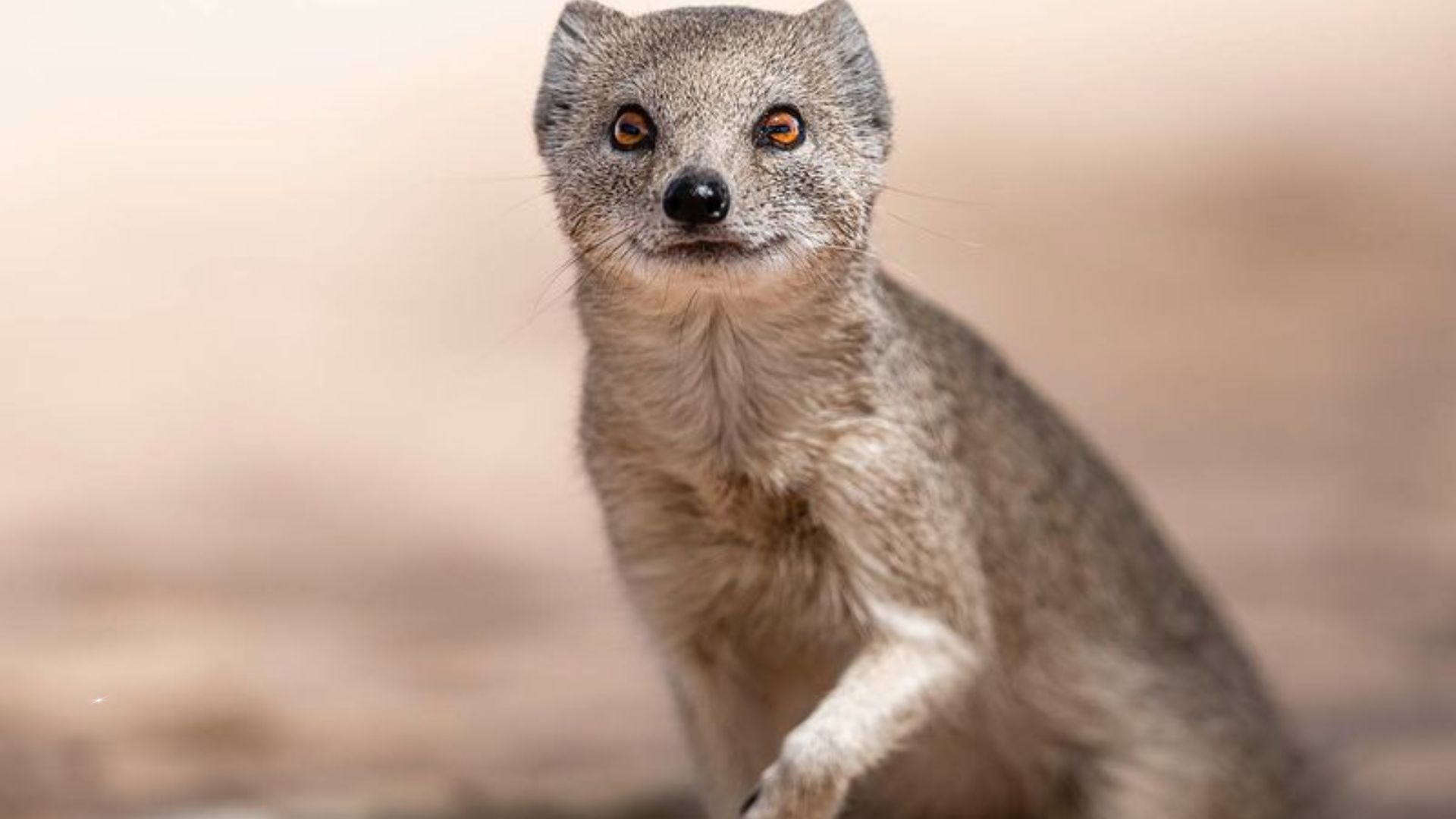Rattlesnakes, with their iconic rattles and potent venom, might seem untouchable, but a surprising array of predators proves otherwise.
These skilled hunters have evolved unique strategies to take down and consume rattlesnakes, highlighting the intricate balance of nature. Explore the fascinating animals that have mastered the art of preying on these venomous reptiles.
1. Kingsnake
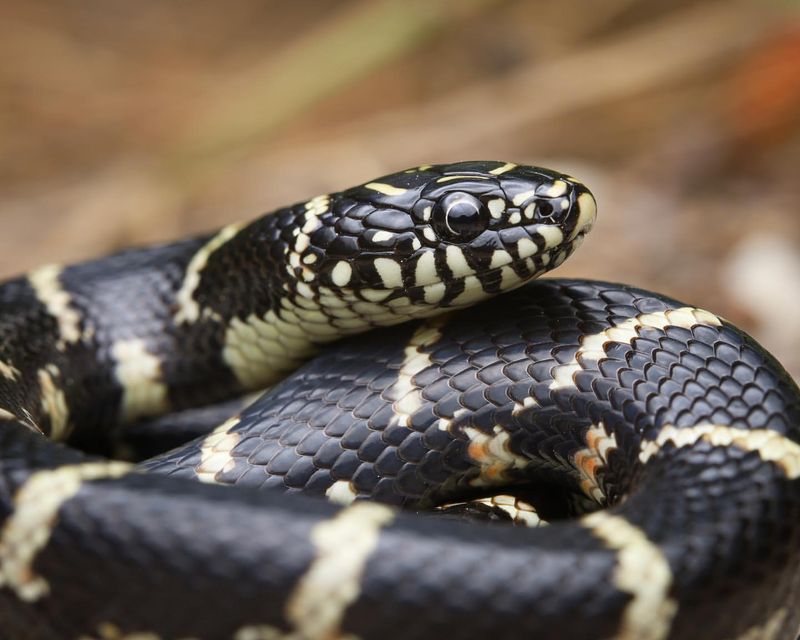
Kingsnakes are renowned for their immunity to the venom of rattlesnakes, making them formidable predators. These snakes often inhabit areas where rattlesnakes are common and have developed a specialized hunting technique.
Unlike other predators, kingsnakes are constrictors, which means they kill their prey by wrapping their bodies around them and squeezing.
This method is particularly effective against rattlesnakes, as it renders the snake unable to retaliate with its venomous bite. Kingsnakes are non-venomous themselves, relying entirely on their physical strength.
Their diet is varied, but rattlesnakes are a significant part of their menu, especially in regions where both species coexist.
The kingsnake’s ability to hunt rattlesnakes provides a natural check on rattlesnake populations, contributing to ecological balance. Their bold hunting style and immunity make them fascinating subjects of study in herpetology.
2. Roadrunner
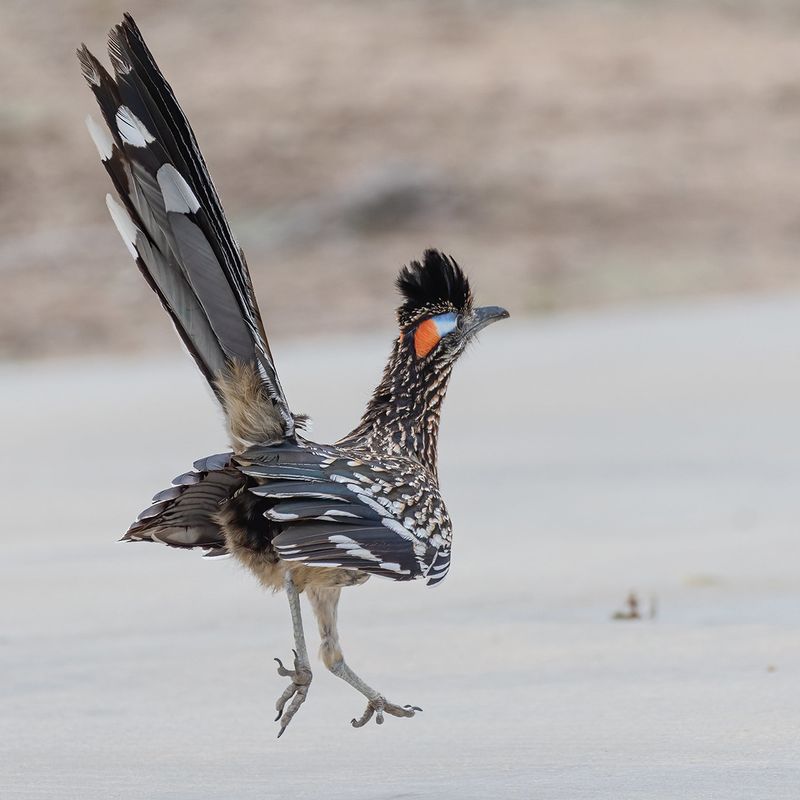
The roadrunner is an iconic bird of the desert, known for its incredible speed and agility. This bird is not only famous for its fast running but also for its surprising dietary choice: rattlesnakes.
Roadrunners use their speed to dodge strikes from the venomous snakes. They have a unique hunting strategy where they first provoke the snake into striking and then seize it by the head. Once they have a grip, they repeatedly slam the rattlesnake against hard surfaces to kill it.
This method requires precise timing and is a testament to the roadrunner’s skill and adaptability. Besides rattlesnakes, their diet includes insects, small mammals, and other reptiles, making them versatile predators.
Their ability to hunt venomous snakes highlights their role in controlling rattlesnake populations, showcasing nature’s intricate balance.
3. Red-tailed Hawk
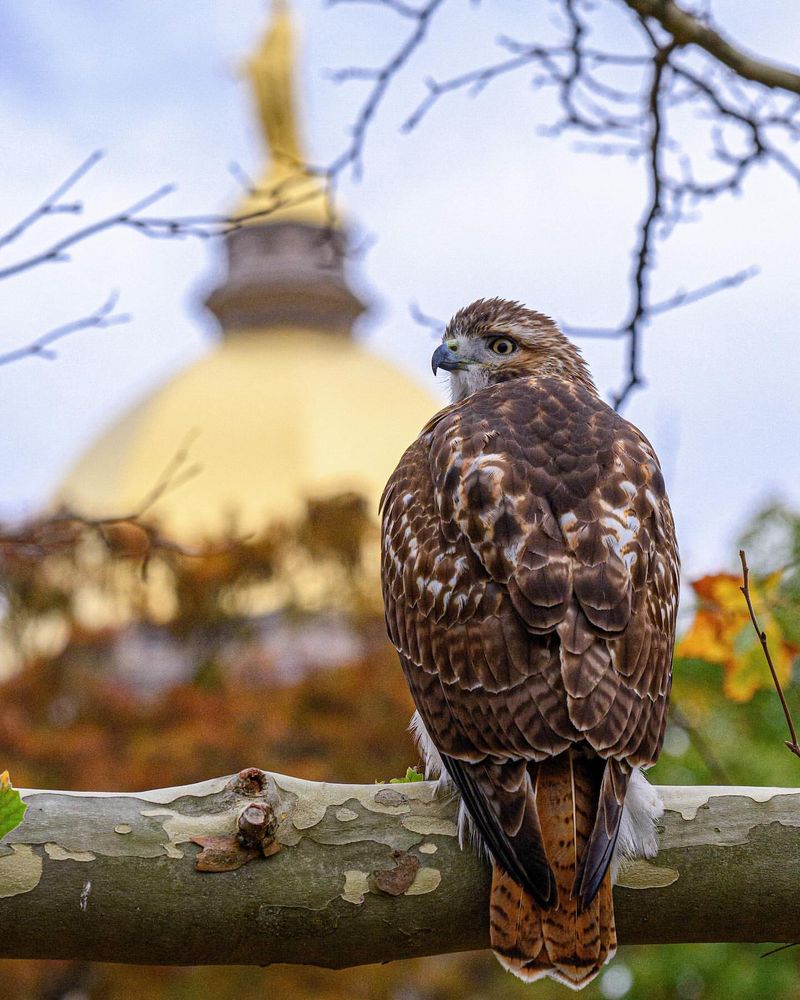
Red-tailed hawks are magnificent birds of prey known for their keen eyesight and powerful talons. These hawks primarily feed on small mammals, but they are also known to hunt rattlesnakes.
Their hunting strategy involves swooping down swiftly to grab the snake with their sharp talons, keeping the snake at a safe distance from their body. This method minimizes the risk of a venomous bite. They often target juvenile rattlesnakes, which are less dangerous and easier to handle.
The hawk’s ability to spot snakes from a great distance gives it an advantage. Their presence in ecosystems serves as a natural control for snake populations, including rattlesnakes. The red-tailed hawk’s adaptability and hunting efficiency make it a critical player in maintaining ecological balance.
4. Mongoose
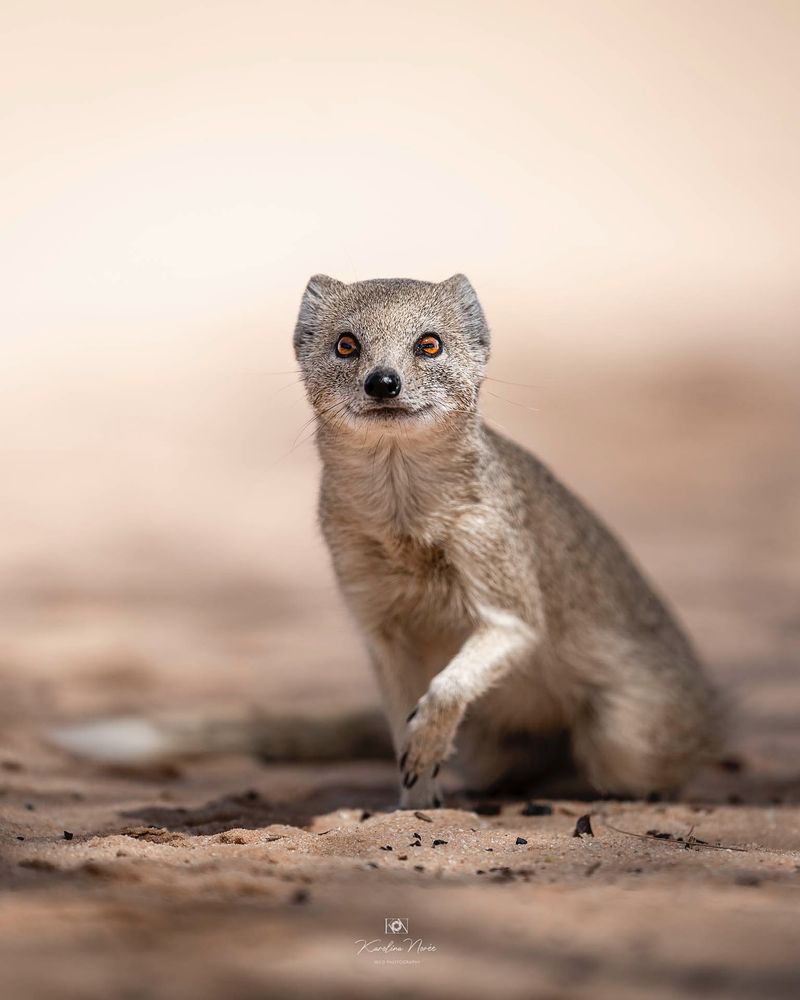
Mongooses are small, agile mammals known for their fearlessness in the face of venomous snakes. Found primarily in Africa and Asia, they have a reputation for attacking and killing snakes, including rattlesnakes.
The mongoose’s agility and quick reflexes allow it to dodge strikes and counterattack effectively. Their thick fur offers some protection against bites, and certain species are known to have some resistance to snake venom.
In a battle with a rattlesnake, the mongoose uses its speed to tire the snake before delivering a fatal bite to the head.
This bold hunting technique is not only fascinating but also vital for controlling snake populations. The mongoose’s role as a predator of venomous snakes highlights its importance in various ecosystems.
5. Honey Badger
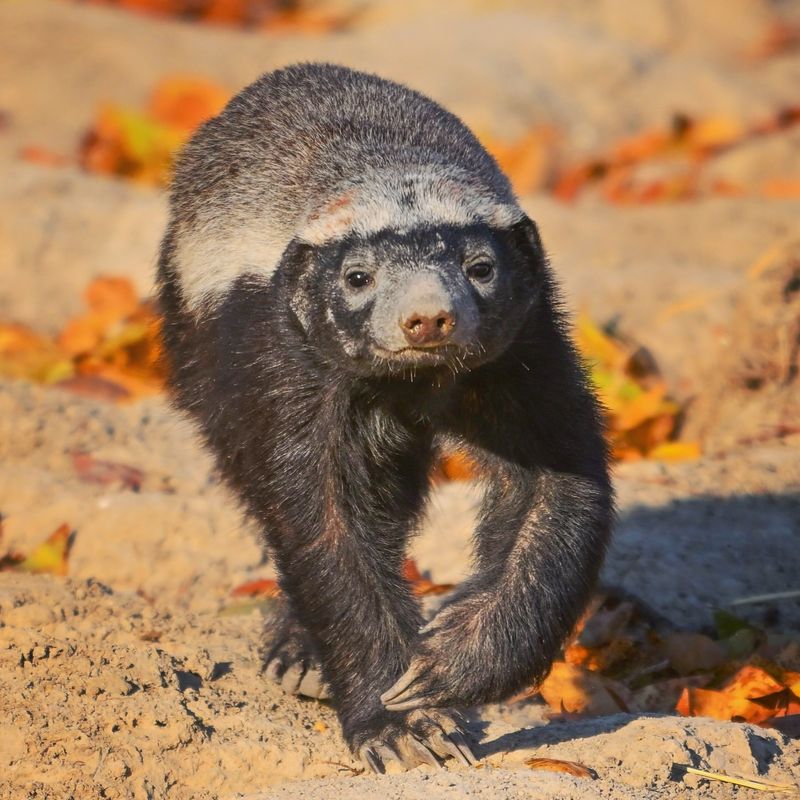
The honey badger is renowned for its toughness and fearlessness, especially when confronting venomous snakes like rattlesnakes. Native to Africa and parts of Asia, they are known for their tenacity and strength.
Honey badgers have thick skin that provides a degree of protection against snake bites. They are also somewhat resistant to snake venom, enabling them to recover from bites that would be fatal to other animals.
When hunting rattlesnakes, honey badgers use their sharp claws and powerful jaws to subdue and kill the snake. Their fearless nature and adaptability make them one of the few mammals capable of taking on venomous snakes.
The honey badger’s reputation as a predator of rattlesnakes underscores its role in controlling snake populations.
6. Secretary Bird
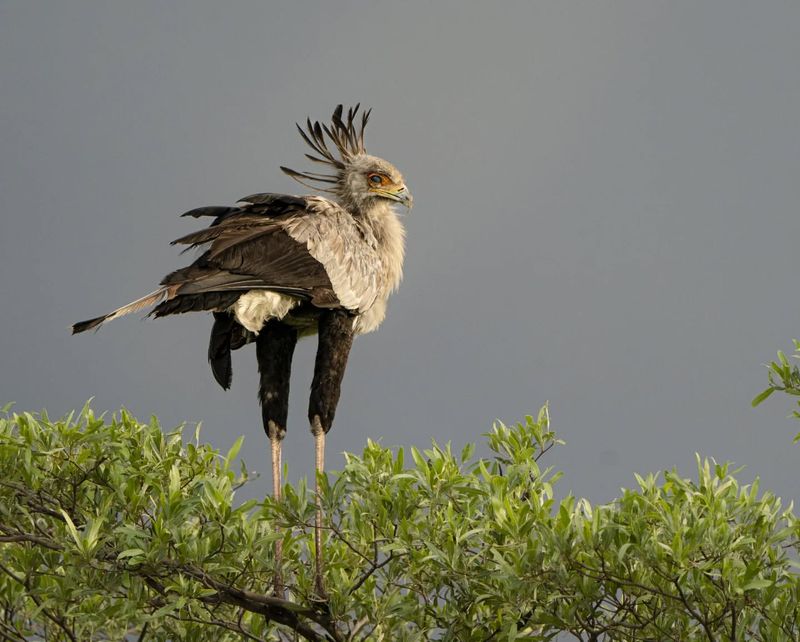
Secretary birds are large, terrestrial birds of prey native to Africa, known for their distinctive appearance and hunting prowess. With long legs and a crane-like body, they are adept at hunting snakes, including rattlesnakes.
Their primary hunting method involves stalking through grasslands and using their strong legs to deliver powerful kicks to their prey. This technique is particularly effective against snakes, as it allows the birds to keep a safe distance from venomous bites.
Secretary birds are renowned for their ability to hunt and kill snakes swiftly, showcasing the adaptability and skill of avian predators. Their role in ecosystems as controllers of snake populations, including venomous ones, highlights the intricate balance within food chains.
7. Opossum
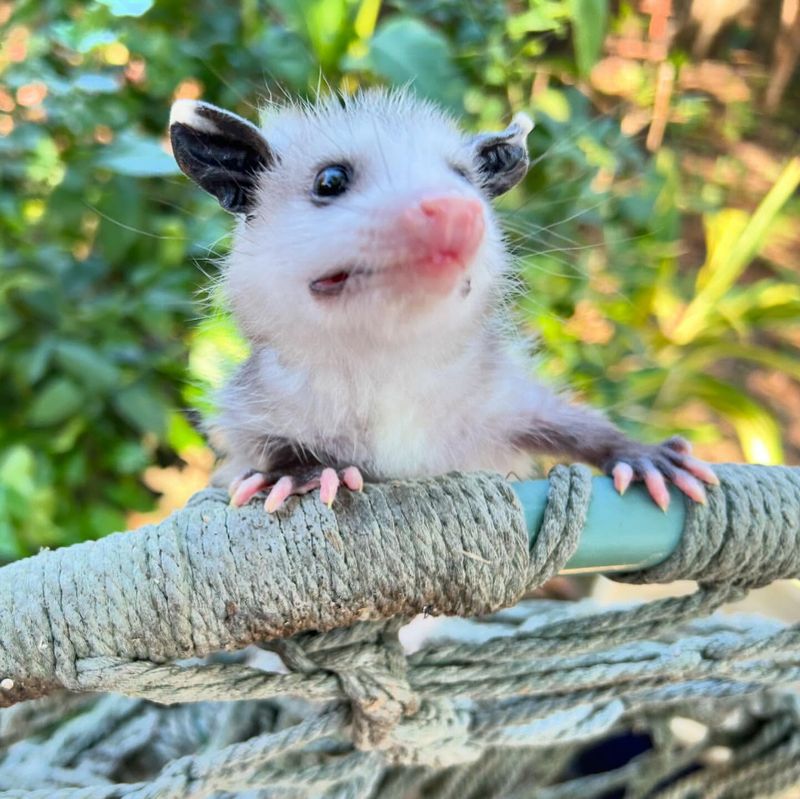
Opossums are marsupials found throughout North and South America, known for their immunity to snake venom, including that of rattlesnakes. This immunity makes them unique among rattlesnake predators.
Opossums are nocturnal, scavenging and hunting at night. Their diet is varied, but they will opportunistically prey on rattlesnakes when the opportunity arises. Their venom resistance is due to specific proteins in their blood that neutralize the snake venom.
While they are not primarily snake hunters, opossums play an essential role in controlling snake populations due to their resistance to venom. Their ability to consume venomous snakes contributes to their survival and the ecological balance within their habitats.
8. Eagle
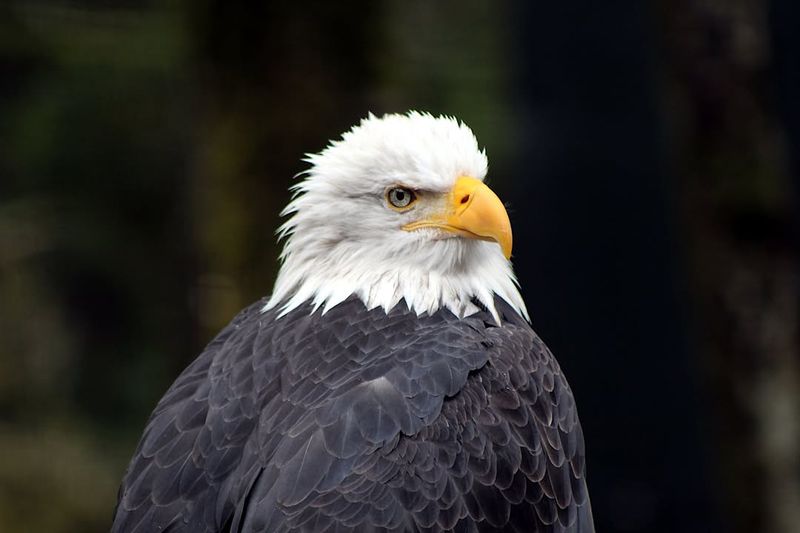
Eagles, with their impressive size and powerful talons, are formidable predators capable of hunting a variety of prey, including rattlesnakes. They are found in diverse habitats across the globe and are known for their hunting prowess.
When hunting rattlesnakes, eagles rely on their sharp eyesight to spot their prey from great heights. They swoop down with incredible speed, grasping the snake with their talons while avoiding the venomous bite.
Their strength and hunting technique allow them to catch and kill rattlesnakes efficiently, contributing to the control of snake populations. Eagles’ adaptability and predatory skills make them crucial components of their ecosystems, highlighting the balance between predator and prey.
9. Coyote
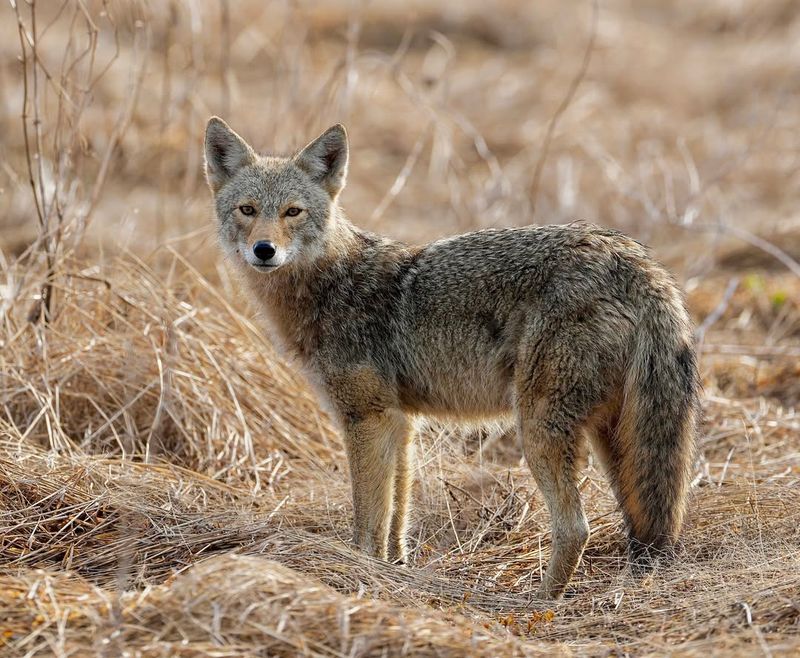
Coyotes are highly adaptable canines found throughout North America, known for their intelligence and cunning. They have a diverse diet that sometimes includes rattlesnakes.
Coyotes utilize their keen senses and agility to approach and capture snakes. They often work in pairs or groups, using their numbers to distract and subdue the snake before delivering a fatal bite.
While rattlesnakes are not their primary prey, coyotes’ ability to adapt their hunting strategies to local prey availability makes them successful in various environments. Their occasional hunting of rattlesnakes highlights their role as opportunistic predators, maintaining ecological balance.
10. Wild Boar
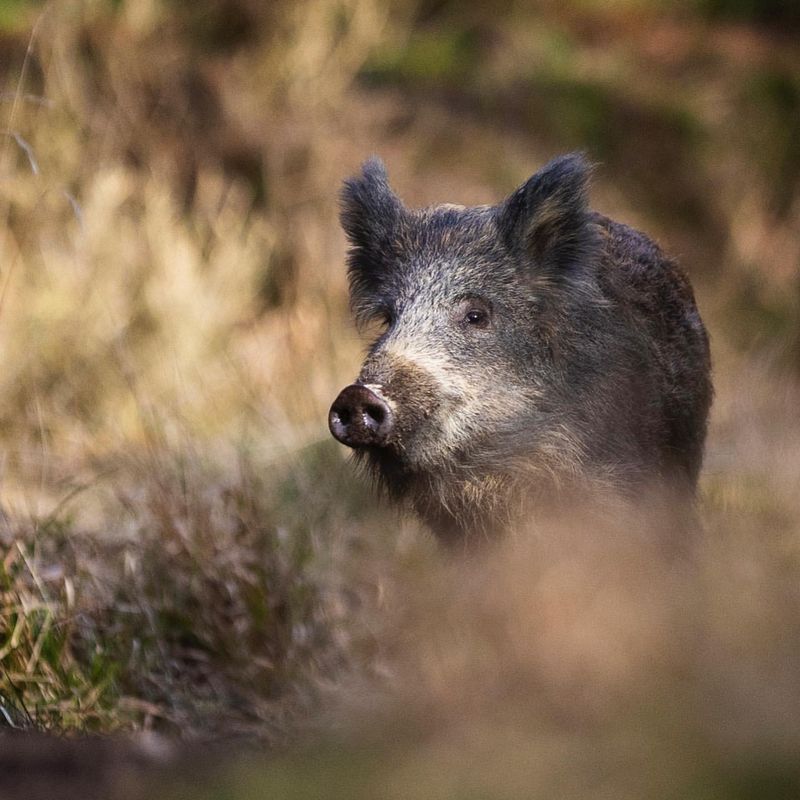
Wild boars are omnivorous mammals found in various habitats worldwide, known for their strength and determination. They have a varied diet that can include rattlesnakes.
Boars use their powerful snouts to root through soil and underbrush in search of food, occasionally encountering and preying on snakes. Their thick skin and dense fur provide protection against bites.
While not specialized snake hunters, wild boars’ opportunistic feeding behavior means they sometimes consume rattlesnakes, contributing to the control of their populations. Their presence in ecosystems as flexible feeders illustrates the balance between different species and their roles in the environment.
11. Raccoon
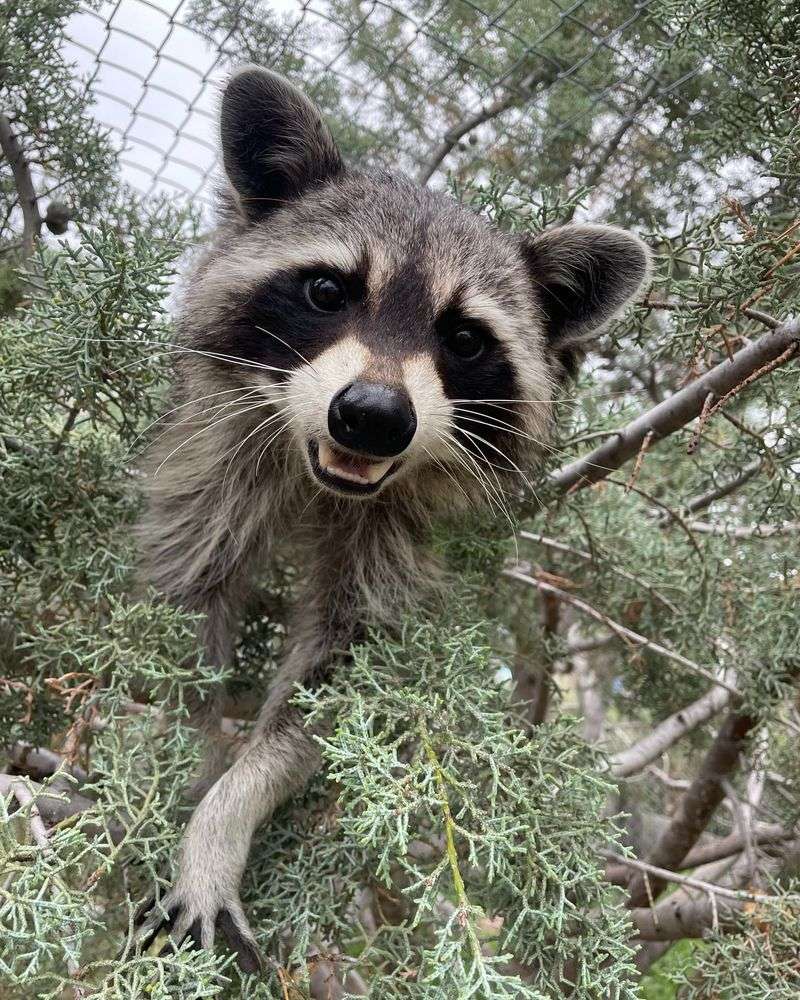
Raccoons are intelligent and adaptable mammals found in North America, known for their dexterous paws and problem-solving skills. While they primarily feed on fruits, insects, and small animals, they occasionally hunt rattlesnakes.
Their inquisitive nature and ability to manipulate objects allow them to handle prey like snakes carefully. Raccoons are known for ‘washing’ their food, which may help them avoid snake venom by handling the snake cautiously.
Although not frequent snake hunters, raccoons’ opportunistic feeding habits mean they sometimes prey on rattlesnakes. Their adaptability and varied diet help maintain ecological balance, showcasing their role as versatile foragers in their habitats.

